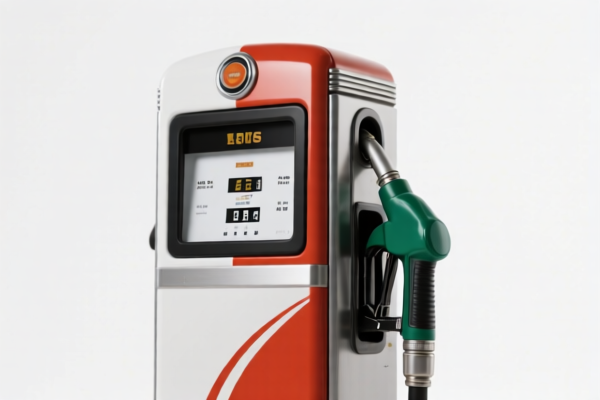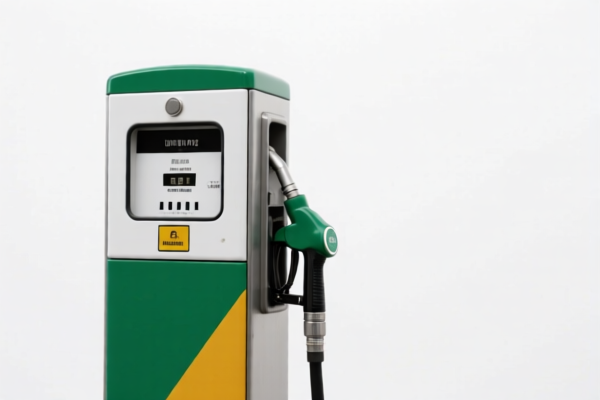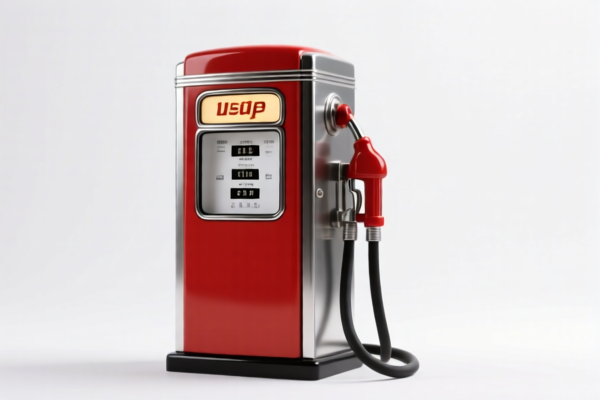| HS Code | Official Doc | Tariff Rate | Origin | Destination | Effective Date |
|---|---|---|---|---|---|
| 8451400000 | Doc | 58.5% | CN | US | 2025-05-12 |
| 8450906000 | Doc | 32.6% | CN | US | 2025-05-12 |
| 8450904000 | Doc | 40.1% | CN | US | 2025-05-12 |
| 8543709700 | Doc | 55.0% | CN | US | 2025-05-12 |
| 8543906500 | Doc | 55.0% | CN | US | 2025-05-12 |
| 8504909690 | Doc | 55.0% | CN | US | 2025-05-12 |




Cleaning Pump
A cleaning pump is a device used to transfer fluids – typically water, but potentially also chemicals, detergents, or other liquids – for the purpose of cleaning. These pumps are employed in a wide range of applications, from household tasks to large-scale industrial processes. Their primary function is to move cleaning solutions to where they are needed, providing pressure and flow for effective cleaning.
Material
Cleaning pumps are constructed from a variety of materials depending on the fluids they are intended to handle and the demands of the application. Common materials include:
- Plastics (Polypropylene, PVC, Nylon): Suitable for general-purpose cleaning with mild chemicals and water. Lightweight and corrosion-resistant.
- Stainless Steel: Offers excellent corrosion resistance, durability, and is suitable for a wider range of chemicals, including more aggressive solutions. Often used in food processing, pharmaceutical, and industrial applications.
- Brass: Common in lower-cost pumps for water and mild detergents.
- Cast Iron: Used in some industrial pumps for its robustness, but requires protective coatings to prevent corrosion.
- Thermoplastics (e.g., PVDF): Provide high chemical resistance for demanding applications.
Purpose
The core purpose of a cleaning pump is to facilitate the cleaning process by:
- Fluid Transfer: Moving cleaning solutions from a reservoir to the cleaning location.
- Pressure Generation: Providing the necessary pressure to dislodge dirt, debris, and contaminants from surfaces.
- Solution Distribution: Ensuring even coverage of the cleaning solution across the target area.
- Rinsing: Removing residual cleaning solution and debris after the initial cleaning phase.
Function
Cleaning pumps operate on various principles to achieve fluid transfer:
- Centrifugal Pumps: Use a rotating impeller to create centrifugal force, moving fluids from the pump inlet to the outlet. Common for high-flow, low-pressure applications.
- Positive Displacement Pumps: Deliver a fixed volume of fluid per revolution. These are often used when precise flow control is required or when handling viscous fluids. Types include:
- Diaphragm Pumps: Utilize a reciprocating diaphragm to create suction and discharge. Self-priming and can handle abrasive fluids.
- Peristaltic Pumps: Use rollers to compress a flexible tube, pushing fluid through it. Excellent for sterile applications and precise dosing.
- Gear Pumps: Use rotating gears to displace fluid. Suitable for viscous fluids and high-pressure applications.
- Jet Pumps: Use a high-velocity jet of fluid to create suction and move other fluids.
Usage Scenarios
Cleaning pumps are utilized in a broad spectrum of applications:
- Household Cleaning: Pressure washers, carpet cleaners, automatic dishwashers, washing machines.
- Industrial Cleaning: Cleaning of machinery, tanks, pipelines, and surfaces in manufacturing facilities.
- Food Processing: Cleaning of equipment, conveyors, and processing areas to maintain hygiene standards.
- Automotive Industry: Cleaning of vehicle parts and surfaces.
- Agriculture: Cleaning of livestock facilities, equipment, and irrigation systems.
- Wastewater Treatment: Transferring chemicals for water purification and treatment processes.
- HVAC Systems: Cleaning of coils and ducts.
Common Types
- Pressure Washers: High-pressure pumps used for exterior cleaning of surfaces.
- Carpet Cleaning Pumps: Designed for injecting cleaning solution into carpets and extracting dirty water.
- Automatic Dishwasher Pumps: Circulate water and detergent for cleaning dishes.
- Sump Pumps: Remove water from low-lying areas, often used to prevent flooding.
- Chemical Transfer Pumps: Specifically designed for handling corrosive or hazardous chemicals.
- Self-Priming Pumps: Can draw fluid from a source without needing to be manually primed.
- Submersible Pumps: Designed to be fully immersed in the fluid being pumped.
The declared goods are identified as a “cleaning pump”. Based on the provided information, the following HS codes may be relevant:
-
8451400000: This HS code covers machinery (other than machines of heading 8450) for washing, cleaning, wringing, drying, ironing, pressing (including fusing presses), bleaching, dyeing, dressing, finishing, coating or impregnating textile yarns, fabrics or made up textile articles and machines for applying the paste to the base fabric or other support used in the manufacture of floor coverings such as linoleum; machines for reeling, unreeling, folding, cutting or pinking textile fabrics; parts thereof. Specifically, it includes washing, bleaching or dyeing machines. While a “cleaning pump” isn’t explicitly mentioned, if the pump is used in a washing, bleaching, or dyeing process for textiles, this code could apply.
- Chapter 84: Nuclear reactors, boilers, machinery and mechanical appliances; parts thereof.
- Heading 8451: Machinery (other than machines of heading 8450) for washing, cleaning, wringing, drying, ironing, pressing (including fusing presses), bleaching, dyeing, dressing, finishing, coating or impregnating textile yarns, fabrics or made up textile articles.
- Subheading 8451.40: Washing, bleaching or dyeing machines.
-
8543709700: This HS code covers electrical machines and apparatus, having individual functions, not specified or included elsewhere in this chapter; parts thereof: Other machines and apparatus: Other: Plasma cleaner machines that remove organic contaminants from electron microscopy specimens and specimen holders. If the “cleaning pump” is an electrical machine used for specialized cleaning (like removing contaminants for microscopy), this code might be applicable.
- Chapter 85: Electrical machinery and equipment.
- Heading 8543: Electrical machines and apparatus, having individual functions, not specified or included elsewhere in this chapter.
- Subheading 8543.70: Other machines and apparatus: Other.
-
8543906500: This HS code covers electrical machines and apparatus, having individual functions, not specified or included elsewhere in this chapter; parts thereof: Parts: Other: Printed circuit assemblies: Of flat panel displays other than for articles of heading 8528, except for subheadings 8528.52 or 8528.62. If the “cleaning pump” incorporates printed circuit assemblies, this code could be relevant.
- Chapter 85: Electrical machinery and equipment.
- Heading 8543: Electrical machines and apparatus, having individual functions, not specified or included elsewhere in this chapter.
- Subheading 8543.90: Parts: Other.
According to the provided reference material, the HS code options related to 'cleaning pump' are limited, with only the following 3 found.
Customer Reviews
No reviews yet.